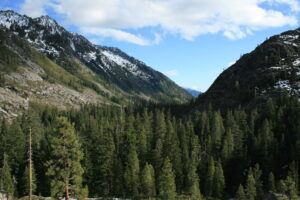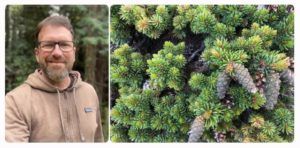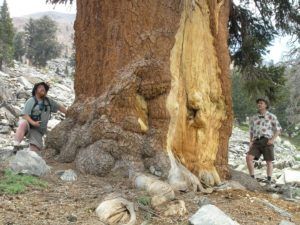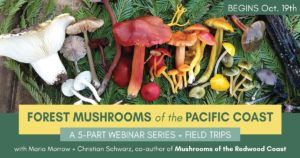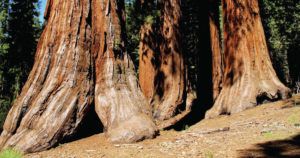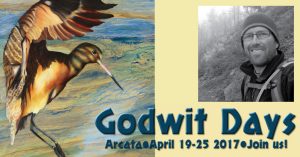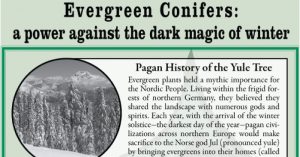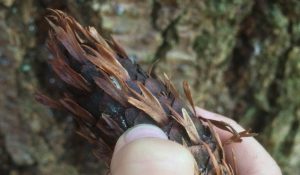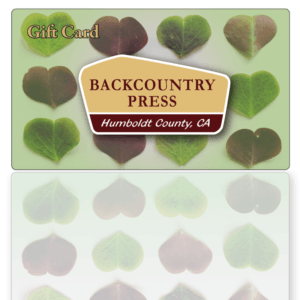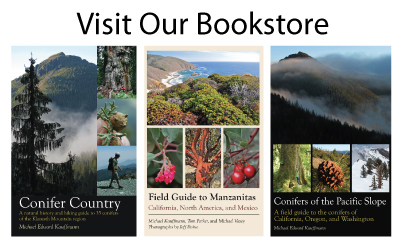Embark on a flavorful journey through the lush forests of the Pacific Northwest, where the evergreen trees are not only charismatic megaflora, but also ingredients for a unique tea experience.
Nature’s Archive features Michael Kauffmann
Michael Hawk, the creator of Nature’s Archive, featured Michael Kauffmann a few weeks back. They discussed the many things that make conifers such an amazing group of plants including their evolutionary history, what makes them different from other trees, and gives us a special look at the amazing diversity of conifers in his area – […]
Magnificent Five-needle Pines of Western North America
This 2-part webinar will explore the natural history of six closely related five-needle pines of western North America. We have created a “quiz” to prep you for the webinar and prompt you with a few amazing facts about this group within the beautiful and regal soft (Strobus) pines.
Forest Mushrooms of the Pacific Coast
A five-part fall webinar series Join Maria Morrow and Christian Schwarz for a comprehensive introduction to the forest mushrooms of California and the Pacific Northwest. Over the course of this series we’ll cover foundational topics ranging from the fundamentals of mushroom identification to basic fungal biology. We’ll also discuss the fascinating complexities of the bigger […]
With ‘intentional forests,’ hope grows on trees
Prioritizing long-lived giant trees could maximize the carbon sequestration and biodiversity of city parks and other green spaces. By Marie E. Antoine and Stephen C. Sillett Current environmental crises can seem overwhelming in scale. Confronting climate change and conserving biodiversity will require huge changes in how humans manage the landscape and in our use of […]
Godwit Days with Michael Kauffmann
Michael will lead two hikes at Godwit Days in Arcata, California. On these hikes, participants will explore the relationships between birds, conifers and manzanitas. Price of the trip includes a book from the Backcountry Press catalog. Conifers of the North Coast 1 Conifers of the North Coast 2
Yule Tree History
This info-graphic explores the long history of bringing evergreen conifers into our homes near the end of each calendar year–the Yule Tree history.
Discovering Douglas-fir
I took my son hiking today and I am proud to say he loves looking at trees, exploring the forest, and playing at our fort. Here he is identifying a Douglas-fir cone…
